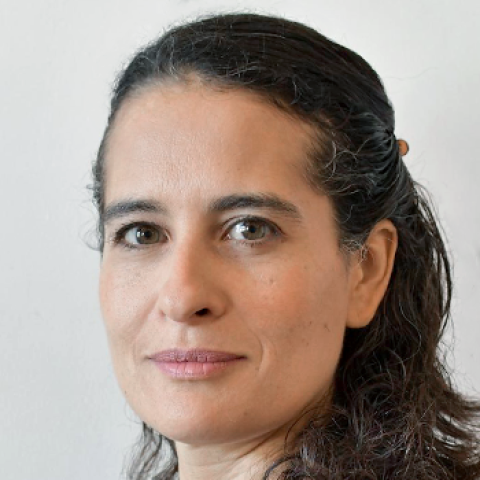
Injection of Hyaluronic Acid Particle Hydrogels after Ischemic Stroke Dictates Phenotypic Changes in Astrocytes
Stanford Bio-X Frontiers in Interdisciplinary Biosciences Seminar
TATIANA SEGURA, DUKE UNIVERSITY
Abstract:
The death rate due to stroke is decreasing, resulting in more individuals living with stroke related disabilities. Following stroke, dying cells contribute to the large influx of highly reactive astrocytes and pro-inflammatory microglia that release cytokines and lead to a cytotoxic environment that causes further brain damage and prevents endogenous repair. Paradoxically, these same cells also activate pro-repair mechanisms that contribute to endogenous repair and brain plasticity. My laboratory is interested designing therapies to treat stroke related disability, which are administered weeks to months after stroke. Our approach is to inject hydrogel biomaterial scaffolds into the stroke lesion that can remove the cytotoxic environment and allow pro-repair mechanisms to evolve. In this talk, I will focus on our efforts to design hyaluronic acid microporous annealed particle (HA-MAP) hydrogels to treat stroke related tissue loss. HA-MAP scaffolds are granular materials that are generated through annealing hydrogel microparticles (HMPs). These materials are porous and have unique local void shapes. We are developing methods to describe mathematically the local void spaces to correlate these shapes to our observed cellular behaviors. This mathematical representation begins with the segmentation of our space into voids, which depend on the size of the species traveling through the void. We find that random packed HMPs result in significantly more unique void spaces that are more complex in shape compared to hexagonal or cubic closed packed HMPs. Injection of HA-MAP into the stroke core reduces the percent of highly reactive astrocytes and increases the percent of alternatively activated microglia in and around the lesion. HA-MAP hydrogel also promotes reparative astrocyte infiltration into the lesion, which directly coincides with axonal penetration into the lesion. We have also found that HA-MAP injection decreases cerebral atrophy and preserves striatal white matter bundles after stroke.
October 3rd, 2019 at 4:00 PM in Clark Center Seminar Room S360
Hosted by:
Sarah Heilshorn, Associate Professor of Materials Science & Engineering, Stanford University
Pre-Seminar October 1st, 2019 at 4:00 PM in Clark S361
